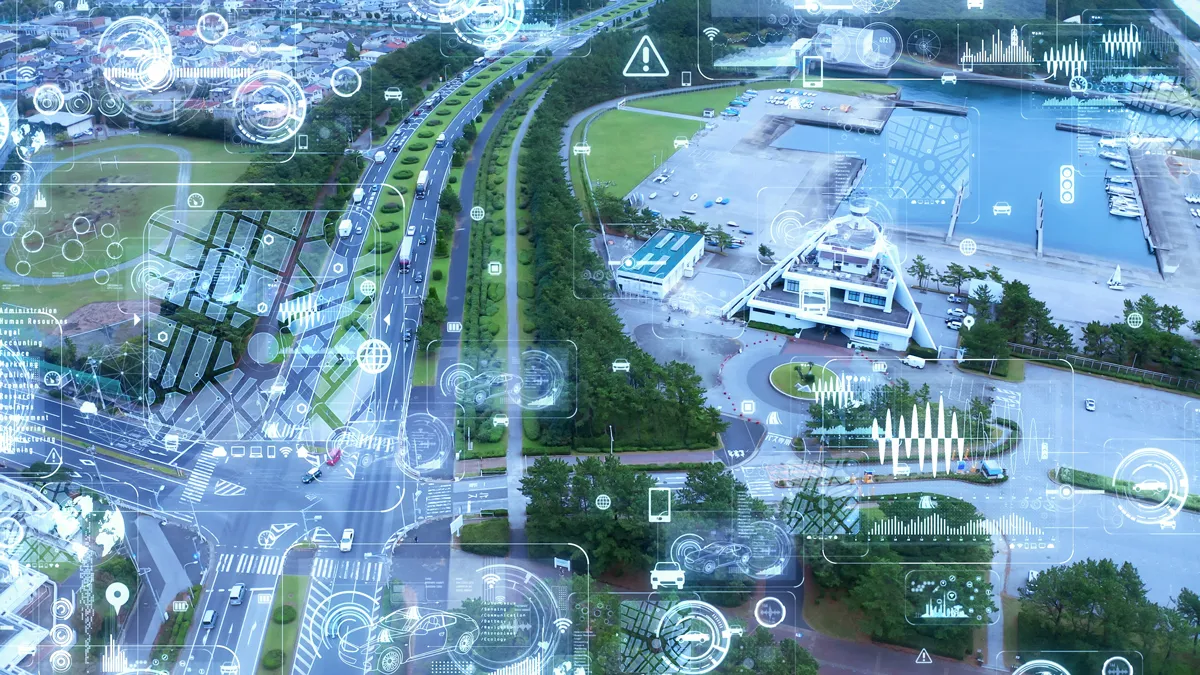In its recent report looking into the impact of AI on the future of insurance, McKinsey shared its outlook on fundamental shifts the industry is facing. “Insurance will shift,” it stated, “from its current state of detect and repair to predict and prevent, transforming every aspect of the industry in the process.” Yet while this rings true for many lines of business, not all are at the same stage in the journey, with some having followed a different path now able to offer valuable learnings for the wider industry.
Throughout the industry, insurers are increasingly gathering real-time, policy-specific data to improve rates and underwriting performance. Coupled with advanced data science and AI, these innovations are providing impressive insights. From IoT smart home sensors which can alert on a burglary, to industrial site monitoring for floods, many are leveraged by insurers to better detect live risks and aid an adequate and rapid response. Others still are helping develop improved risk management and claims prediction, notably in agricultural and crop insurance where technology is used to improve yields and mitigate losses. But while penetration is growing, many of these innovations remain relatively nascent and are yet to reach scale. The insurance industry is still indeed mostly at a detect – or, in some cases, be informed – and repair stage.

Experience with telematics-based auto insurance so far points to a somewhat different status quo today, however. In the UK, where usage-based-insurance initially took hold to help unlock a young driver market which wasn’t performing adequately for insurers despite also being unaffordable for consumers, the high penetration of telematics amongst new and young drivers has demonstrably improved road safety and directly contributed to a reduction in accidents amongst this age group. A 2019 study by LexisNexis showed a direct correlation between telematics adoption growth and automotive casualty rates decreasing amongst 17-19 year old drivers. Looking at data spanning the previous 7 years, the report found that car casualty rates amongst 17–19 year old drivers had fallen by 35% compared to 16% for the driving population as a whole. With some risk factors affecting this demographic actually increasing within that timeframe, such as distracted driving, these results help understand the true impact telematics has had on claims prevention.
Unlike the lighter-touch or short-term monitoring programs traditionally more common in the US market, UK propositions, enabled by local regulation, have indeed often leveraged more pro-active, in-life risk management generating higher levels of engagement and behavioral change. Telematics tech providers have honed highly risk-predictive scoring models through large volumes of driving and claims data generated over a decade. In parallel, insurers have employed in-house psychologists to develop their expertise and tailor the policyholder experience and UX within their web and mobile apps to optimise positive change and push towards lower-risk behaviors. The journey hasn’t always been plain sailing, with some methods and controls adopted early on, such as curfews, proving too strict for drivers. Further – with every accident being one too many – there is still a lot more to be done. But experience combined with other leverages including rewards have helped established players develop an effective balance between interventionist risk management and customer experience, ultimately leading to lower accident rates.

Conversely, when accidents do occur, the effective use of telematics data within the FNOL and claims processes has so far been surprisingly more difficult to achieve in many markets, including the UK. Auto insurers are still largely reliant on a manual first notice of a loss, with every delay adding complexity and cost to the claims process. With ever-growing levels of connectivity at both vehicle and driver level, one would be forgiven for assuming the accident detection and analysis piece to be rather straightforward. . Yet the capabilities of available (and crucially, affordable) technology, coupled with legacy claims operations and processes not often fit for a digital-first approach, have historically painted a different picture.
Today, with the introduction of high-performing, low-cost beacons which can be tethered to mobile apps to offer impact detection while retaining optimal customer experience, alongside ever-evolving AI-fueled repair estimating tools, effective detect and repair in auto is ready to transform driver experience and insurance performance. Combined with the built-up experience in effective behavioral change and tools built to help insurers automate and scale these learnings, the shift in connected auto insurance pre-mass-market autonomous driving might well look a little different to the rest of the industry. While claims prediction and prevention has come on leaps and bounds, effective claims detection has been left on the roadside. But the shift is coming – and the technology is ready.
About IMS
IMS (Insurance & Mobility Solutions) is a vehicle and driving data business, delivering enterprise solutions to over 350 customers including mobility operators, insurers and governments. IMS recently launched its Vehicle Data Exchange, which enables the IMS DriveSync platform to ingest and process data from any source – from OEM embedded units to smartphones and aftermarket hardware. The company, with offices in the UK, Europe and North America, has analyzed over 15 billion driving miles and its algorithms are fed by trillions of data points every hour.
IMS Connected Claims Solution: IMS Connected Claims, featuring the patent pending and proprietary low-cost Wedge, ensures live accident detection and FNOL processing while delivering benefits and cost savings no other providers can in the areas of claims handling and claims liability. This service can also help improve management of the claims process. Find out more info in our Connected Claims Data Sheet: https://ims.tech/resources/improve-claims-savings-featuring-the-wedge/

